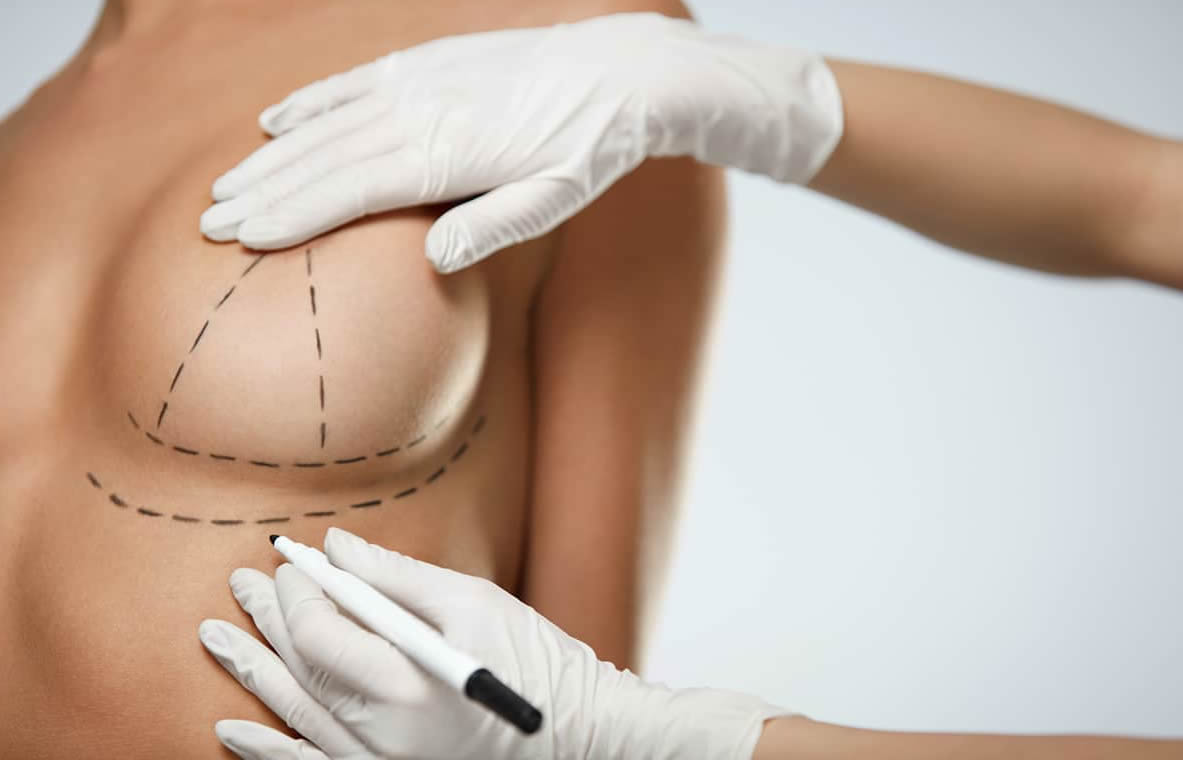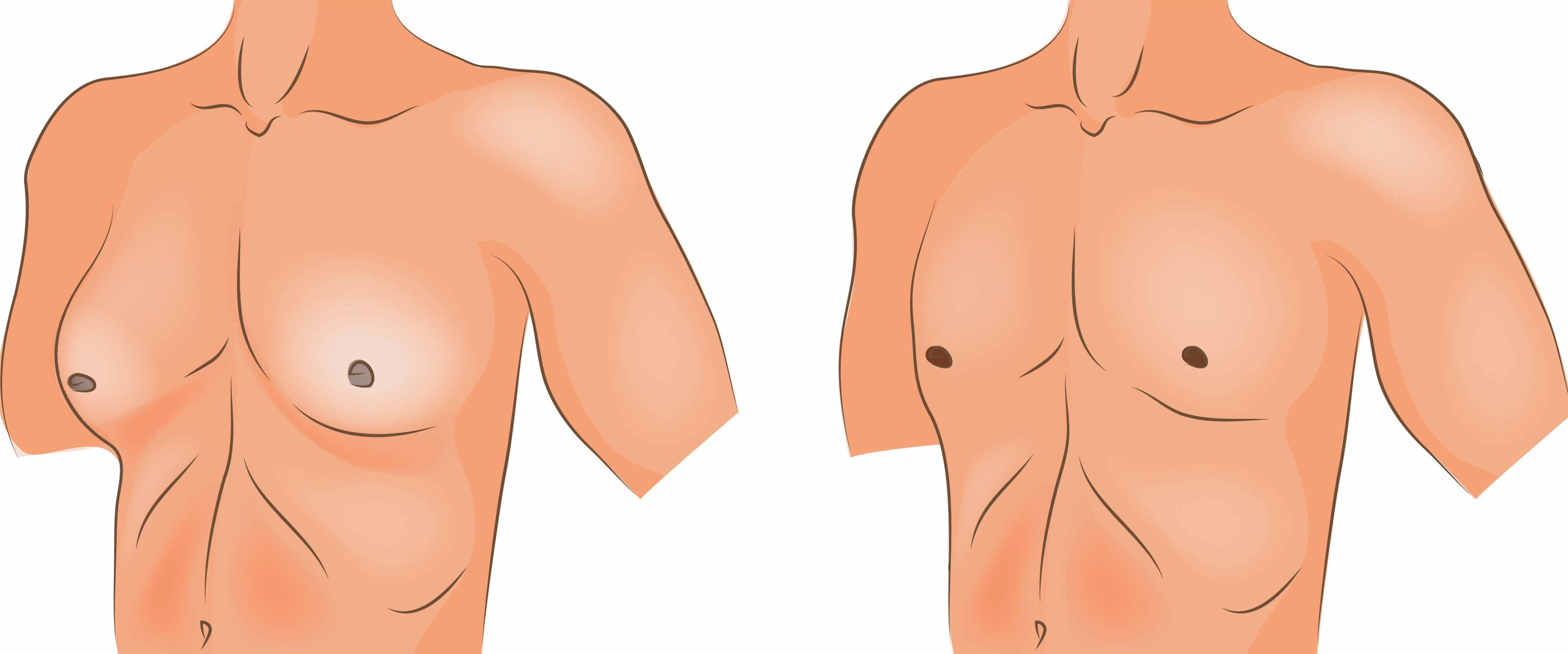Loading...

Breast surgery is one of the most frequently performed surgeries in the world. Breasts are a very important part of their body for women. Most of them attach great importance to the appearance and size of their breasts. The results of the conducted research clearly show that a small breast is often the biggest source of complexes and leads to a loss of self-confidence, and thus discourages from being close with a partner. A solution to these problems may be breast augmentation surgery.

Breast lift, also known as mastopection, is a surgical procedure aimed at women who have a problem with accepting changes in the appearance of their breasts. There are many factors for this state of affairs, we can list among them: pregnancy, breastfeeding, weight loss or the negative effects of the passing time. Breast lifting is a procedure that can be performed by all adult women who are dissatisfied with the appearance of their breasts. This procedure is an effective way to achieve the effect of a raised bust.

Breast reduction is a way to balance the body proportions, minimize physical ailments and improve the psychological comfort of a woman. It consists in removing the excess glandular tissue of the breast and skin in order to achieve the desired cup size. In addition, during the operation, the shape of the breasts are modeled so that they have the best aesthetic effect. Depending on the method of breast reduction, the incision and scar occur around the areola and vertically from the areola to the furrow under the breast or around the areola, vertically and in the fold.
Breast reduction, also known as reduction mammoplasty, is a surgical procedure that reduces the size and volume of the breasts by removing excess breast tissue, fat, and skin. The procedure is typically performed on women with large or heavy breasts who experience physical discomfort such as back, neck, or shoulder pain, or who have difficulty finding clothes that fit properly.
Breast reduction surgery can have several benefits, including improved physical comfort, increased mobility, and improved self-confidence and body image. However, as with any surgical procedure, there are risks and potential complications associated with breast reduction surgery, including bleeding, infection, scarring, changes in nipple sensation, and problems with breast-feeding.

Gynecomastia (sometimes referred to as "man boobs") is a common condition that causes boys' and men's breasts to swell and become larger than normal. It is most common in teenage boys and older men.
You'll have dressings over your wounds.
Gynecomastia can be caused by an imbalance between the sex hormones testosterone and oestrogen. Oestrogen causes breast tissue to grow. While all men produce some oestrogen, they usually have much higher levels of testosterone, which stops the oestrogen from causing breast tissue to grow.
If the balance of hormones in the body changes, this can cause a man's breasts to grow. Sometimes, the cause of this imbalance is unknown.
Being obesite a common cause of gynecomastia – this is because being overweight can increase levels of oestrogen, which can cause breast tissue to grow. If you're overweight you're also more likely to have excess fat that can enlarge the breast tissue. For some people losing weight or doing more exercise can help but this may not always improve the condition.
Gynecomastia can affect newborn baby boys, because oestrogen passes through the placenta from the mother to the baby. This is temporary and will disappear a few weeks after the baby is born.
During puberty, boys' hormone levels vary. If the level of testosterone drops, oestrogen can cause breast tissue to grow. Many teenage boys have some degree of breast enlargement. Gynaecomastia at puberty usually clears up as boys get older and their hormone levels become more stable.
As men get older, they produce less testosterone. Older men also tend to have more body fat, and this can cause more oestrogen to be produced. These changes in hormone levels can lead to excess breast tissue growth.